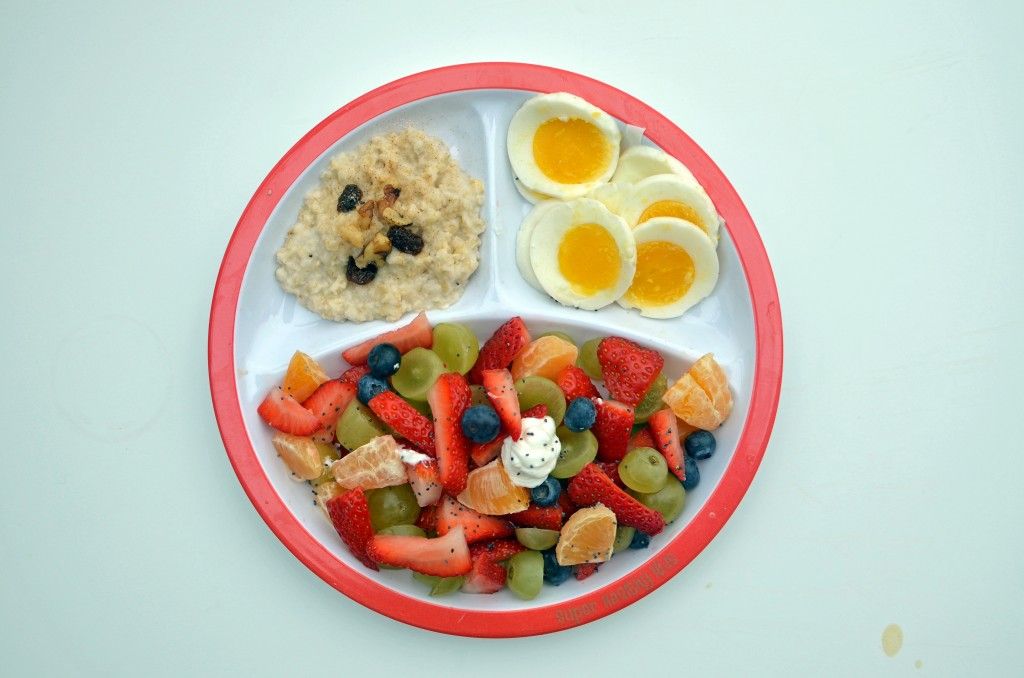Baby feeding log pdf
FREE Printable Baby Feeding Tracker PDF
We all know that new moms are exhausted and tired. There’s so much to keep track of when they’re born and (if you’re like me) it can be overwhelming when it’s time to answer the pediatrician’s questions about feedings. The easiest way to keep track of it is to use this FREE Printable Baby Feeding Tracker that you can download. Keep it in the nursery and it only takes seconds to take a quick note about the time, diapers changed, which breast was used or how much was pumped.
I remember almost breaking down, into tears, with my firstborn at the pediatrician office. All because I couldn’t answer how many wet diapers my newborn was having or how often they were eating. I never want to use an app because I try to keep a calming nursery without the use of blue light. So apps don’t bode well with me. Using this Printable Baby Feeding Tracker has been such a game changer.
Looking for even more great tips for you and your newborn? I’ve got you covered with some awesome advice from a mom of three:
- 3 Tips For Syncing Nap Times With Multiple Kids
- Printable Labor & Delivery Nurse Tags
- 15 Natural Clogged Milk Duct Remedies
My advice is to print out several copies at once or save this URL by bookmarking it. That way you can easily come back and find it again. Print it out in full color and keep it in the nursery with a pen. I like the idea of using a clipboard near the rocking chair or having it nearby your own bed for afterwards.
If you want to go green, just print out one copy and frame it with a glass frame. Use a dry erase marker to keep track, writing over the glass, and then just snap a photo with your phone.
Show the Pediatrician the photos or bring in the copies that you’ve written on. If your baby struggles with weight gain, and you’re breastfeeding, you’ll find this information to be so helpful and you’ll gain some insight on areas for improvement.
How To Use A Baby Feeding Tracker
This tracker is designed to help you keep track of what’s most important at feedings. I like to mark if the baby had a dry diaper, wet or bowel movement. Circle which breast you used during the feeding if you breastfeed. Note the time of the feeding, too. If you are an exclusive pumper, you want to keep track of how many ounces they were fed AND how many ounces you pumped.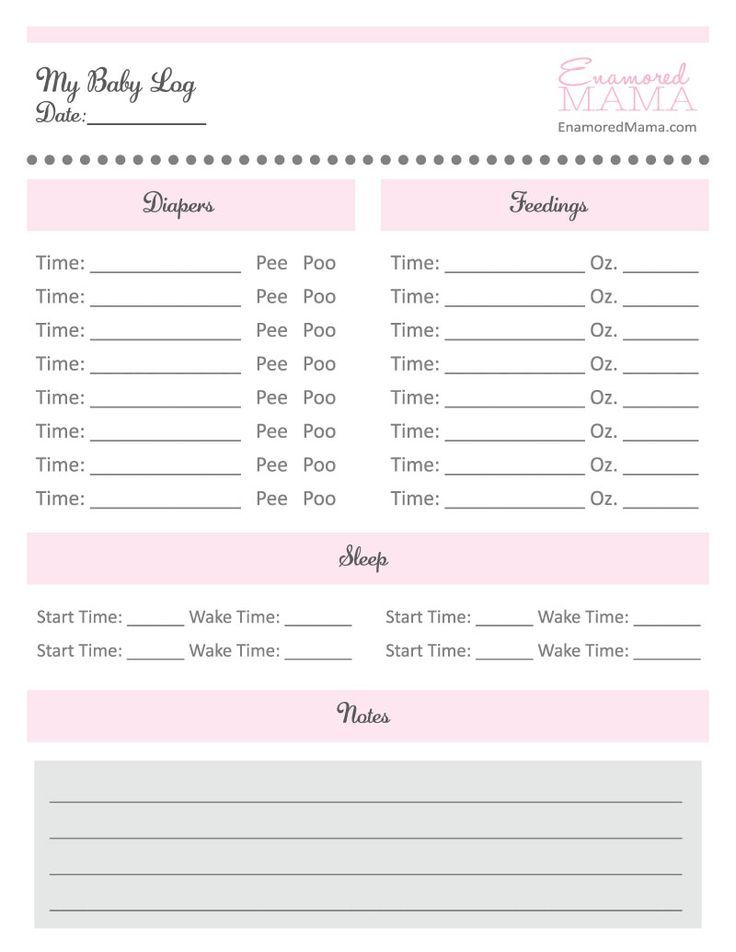
I am an exclusive pumper and used this baby feeding tracker – I just didn’t circle a breast! You’ll find over time that you can keep track of what’s most important to you and your feedings.
How To Print The Download
To download the PDF file, click on the link below. Save it to your desktop for future use or print out multiple copies. Print in color and I prefer to use recyclable copy paper. Frame it to use with a dry erase marker or just keep it in the nursery with a pen.
CLICK HERE TO PRINT YOUR BABY FEEDING TRACKERDownload
Pdf Feeding Tracker - Etsy.de
Etsy is no longer supporting older versions of your web browser in order to ensure that user data remains secure. Please update to the latest version.
Take full advantage of our site features by enabling JavaScript.
Find something memorable, join a community doing good.
(160 relevant results)
I spent 13,481 ₽ to improve lactation
Elina Kukharskaya
tried to improve lactation
Author's profile
WHO recommends exclusively breastfeeding babies up to six months of age.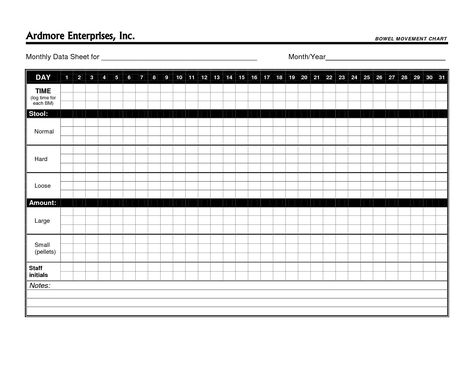 But I am convinced that this is not always possible.
But I am convinced that this is not always possible.
After being discharged from the maternity hospital, my son did not have enough breast milk. In Fyodor Katasonov's book "Fediatry. A non-anxious approach to the child ”I read that it is quite simple to establish lactation. According to the author, it is enough to often put the baby to the breast, eat a lot, drink, sleep and be less nervous.
I tried to follow the advice, but it didn't always work. At night, I often got up to the child and did not get enough sleep. Plus, I was constantly nervous: either because of newborn acne, or because of seborrheic crusts in my son. In general, lactation did not improve.
I worked with a lactation specialist for two months, stimulated my breasts with breast pumps, tried complementary feeding systems and drank lactation teas. But the child still had to be supplemented with formula.
I'll tell you how I realized I was low on milk and explain why the fight to breastfeed was so expensive.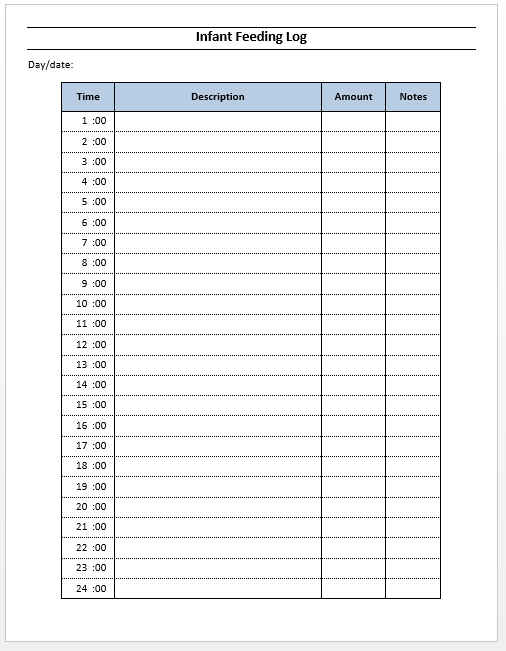
How I fed my son in the maternity hospital
I live in Moscow, and there are a lot of maternity hospitals here. I was looking for one that supports breastfeeding: immediately after birth, they put the baby to the chest and leave him with his mother in the same room. Such maternity hospitals are also called child-friendly.
They also invite lactation consultants - specialists who help women to improve lactation. They take special courses, pass exams, receive certificates, and only then start working.
/where-babies-born/
5 Moscow maternity hospitals where it is not scary to give birth to a child
I studied the websites of maternity hospitals, watched interviews with neonatologists, and so I chose maternity hospital No. 17 named after V.V. Veresaev. My son was in breech presentation, so I had a caesarean section. After that, they put my son to the chest and transferred me to the postoperative ward. I lay there for six hours, and the baby was brought to me for feeding three times. And then together we moved to the regular ward.
And then together we moved to the regular ward.
Colostrum appeared immediately after childbirth, and milk came on the third day. My son took the breast well, and I liked to feed him on demand. I heard that some women have a Dysphoric Milk Ejection Reflex, D-MER - a dysphoric milk ejection reflex. This is when a woman experiences negative emotions at the time of feeding. But I didn't suffer like that.
In general, in the maternity hospital I had no problems with breastfeeding, except for cracked nipples. From them, the cream quickly helped me and the advice of a lactation consultant who worked in the maternity hospital. She said that the baby should capture the nipple with the areola in his mouth - then there will be no cracks.
In three days at the maternity hospital, the son lost 9.3% of his birth weight: he was born weighing 3690 grams and 52 centimeters tall, and on the third day he weighed 3450 grams. The Ministry of Health believes that such a loss is normal and that it is not necessary to supplement the child with formula. And on the fourth day, we were generally discharged with a weight of 3460 grams, so I was sure that my son had enough milk.
And on the fourth day, we were generally discharged with a weight of 3460 grams, so I was sure that my son had enough milk.
ch. 3.3 Breastfeeding Optimization Programs in RFPDF, 5.8 MB
Why is it Important to Choose a Maternity Hospital with Lactation Consultants
Marina Gorgolevskaya
Lactation Consultant
Feeding is not a natural, instinctive process. The mechanisms of sucking are laid down by nature, but the ability to put a baby to the breast and understand how to organize breastfeeding, a woman has to learn.
It happens that mothers experience discomfort in the maternity hospital: it is not clear how to take the child, how to apply it, in what position it is more convenient to feed. At this point, consulting support is very important, especially if the child is the first: it's great if there is a specialist nearby who you can ask a lot of simple questions, sometimes several times, to make sure everything is going right.
It is also important that the mother has a contact with a lactation specialist who she can contact even after discharge from the hospital if any difficulties arise. I recommend choosing face-to-face consultations, especially if the mother has nipple injuries, and the baby has a large weight loss: it is important for the consultant to see with his own eyes how the baby sucks, how the mother’s hands lie, what features the mother’s breast or the baby’s frenulum has. The average price of a full-time consultation in Moscow is about 5000 R.
I recommend choosing face-to-face consultations, especially if the mother has nipple injuries, and the baby has a large weight loss: it is important for the consultant to see with his own eyes how the baby sucks, how the mother’s hands lie, what features the mother’s breast or the baby’s frenulum has. The average price of a full-time consultation in Moscow is about 5000 R.
I suspected something was wrong
Even though everything was fine at first, I wanted to learn more about lactation. For example, I needed to make sure that I was properly putting my baby to my breast and that he was suckling effectively. I was also not very good at lying on my side. Therefore, I bought an online consultation with a lactation specialist who came to me at the maternity hospital. I paid her 3000 R - this amount included the online support of a consultant for the entire period of breastfeeding. Then it came in handy for me.
A few days after discharge, it seemed to me that my son was not gaining weight.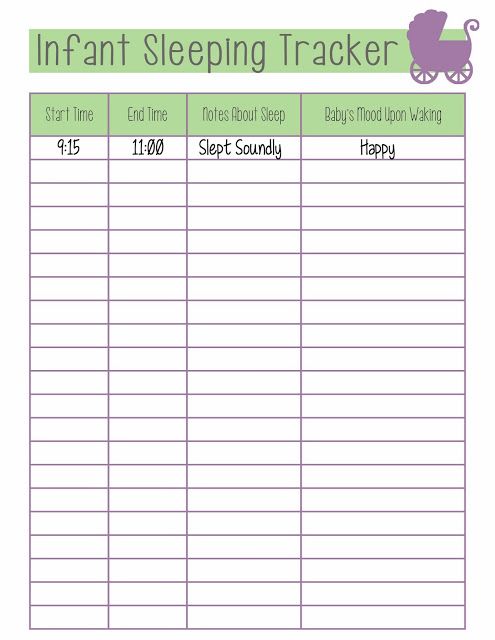 At the same time, he could not be torn off his chest. When he released her, he cried. I told the consultant about this, and she advised me to weigh the baby.
At the same time, he could not be torn off his chest. When he released her, he cried. I told the consultant about this, and she advised me to weigh the baby.
/pluggedduct/
How I survived 10 lactostasis and 2 mastitis, but kept breastfeeding
On the twentieth day I bought a newborn scale for 4450 R and followed the advice of a consultant. And then she compared the readings with the WHO standards and data from the charts of the US Centers for Disease Control and Prevention - CDC. So I was convinced that my son's weight did not even correspond to the lower limit of the norm. On the twentieth day, the scales showed only 3620 grams, that is, he did not even reach the indications at birth.
Now we had to find out the reason for this shortfall.
Scales that helped me determine that the child was malnourishedHow I found out the cause of weight problems
In Fediatry, pediatrician Katasonov writes that in his practice there were also healthy children who did not gain weight at all during the first month.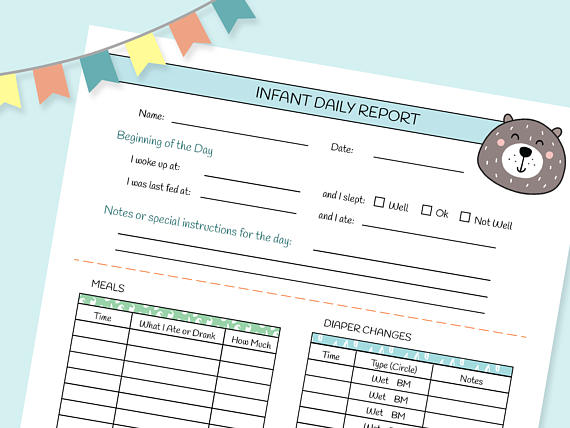 But I still got worried and began to think what was the matter.
But I still got worried and began to think what was the matter.
After being discharged, the local pediatrician came to us, but then I did not know that my son would not gain weight. So I only discussed the problem with a lactation specialist. She suggested that the son may be malnourished, for example, because of the short frenulum of the tongue: sometimes it prevents babies from actively sucking.
I sent a photo of my son's frenulum to the consultant, and she showed it to a dentist friend. He replied that the bridle was a little short, but not so much as to interfere with the child's eating. Then the specialist said that her son, apparently, did not have enough milk.
She suggested doing a "wet diaper test". To do this, you need to leave the child naked and change diapers under him when he gets them wet or dirty. Then calculate how many diapers are spent per day. On the website of AKEV - the Association of Breastfeeding Consultants - it is said that children older than seven days should walk on a small one from 12 times a day, and on a large one - 3-4 times.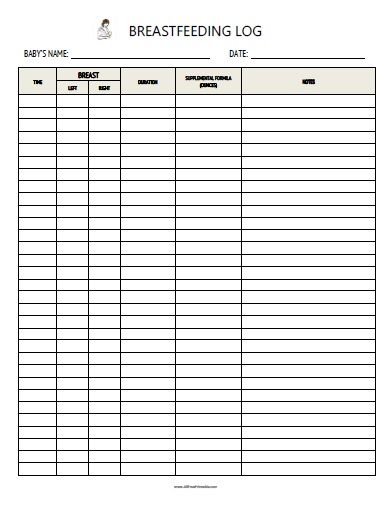
But the consultant advised me another test option: to weigh the number of dirty diapers that my son got dirty in a day. And then compare the readings with the weight of the same number of dry diapers. I don't remember the exact results and I don't know how the consultant analyzed them. But in the end, she said that for her age, her son empties his intestines and bladder a little. This meant that he really did not have enough milk.
What I felt
I have read that less than 5% of women have low milk production. And when I realized that I was one of them, I experienced strange sensations.
ch. 3.3 Breastfeeding Optimization Programs in RFPDF, 5.8 MB
I have always felt that breastfeeding is a natural process that requires nothing from a woman. And until six months, I planned to feed my son only with breast milk, and then continue breastfeeding for at least a year. Now I realized that my plan was broken.
In addition, I was upset that my body was not able to give my son the best food.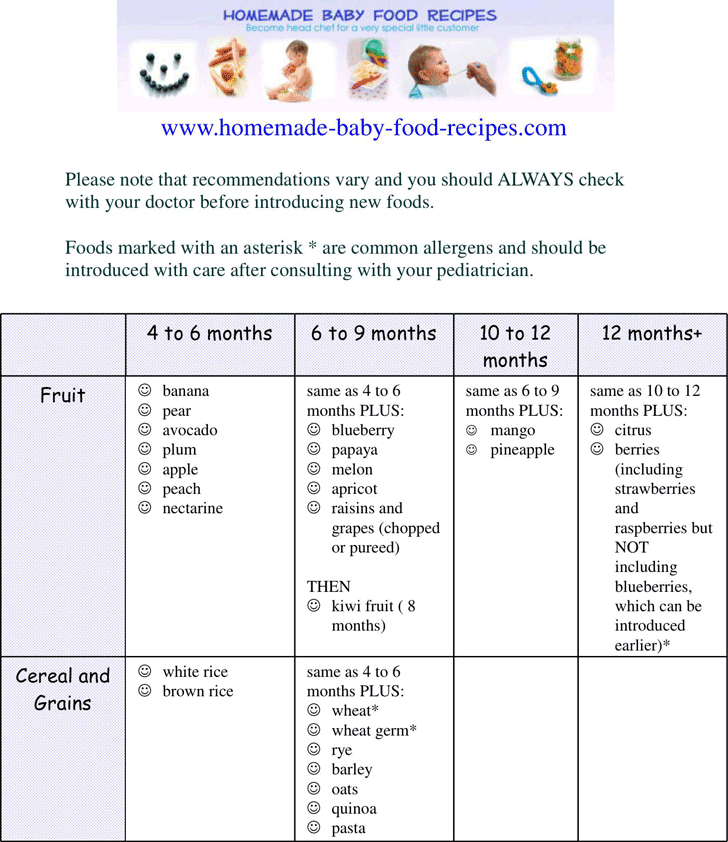 After all, the mixture could not completely replace breast milk: its composition is constantly changing with the age of the child.
After all, the mixture could not completely replace breast milk: its composition is constantly changing with the age of the child.
But I decided not to despair and decided to fight for breastfeeding with the help of a consultant. And so that her son would not starve, she began, on her advice, to supplement his formula.
Are difficulties with lactation always associated with the characteristics of a woman's body
Marina Gorgolevskaya
lactation consultant
Difficulties with lactation can be caused by a large number of factors both from the side of the mother, and from the side of the baby and interaction with him. In most cases, they can be overcome with competent information support and actions of the mother.
Problems with milk production can occur due to peculiarities in the work of the hormonal system of a woman, with a lack of glandular tissue - this feature occurs in 3-5% of mothers - and other health problems. Often they are already known before pregnancy and require medical supervision. In this case, a face-to-face consultation with a mammologist or endocrinologist is required.
In this case, a face-to-face consultation with a mammologist or endocrinologist is required.
Sometimes feeding problems arise from the structure of the baby's frenulum: a short frenulum does not allow the tongue to achieve sufficient mobility necessary for effective suckling. If you suspect a short frenulum, I recommend visiting a pediatric dentist in person and, if necessary, cutting the frenulum. This is a simple procedure, it is short and helps to improve suckling efficiency.
DMER syndrome is a fairly rare story: it occurs in a few percent of women, so you should not worry about it in advance. Understanding that it exists comes after ruling out other possible problems with breastfeeding.
In some cases, we cannot determine the reasons for the lack of milk. Then it is recommended to support mixed feeding: mother's milk and adapted formula or donor milk. Any amount of mother's milk is good for the baby.
The work of women who support lactation on mixed feeding is sometimes invisible to others, but it is really important and valuable.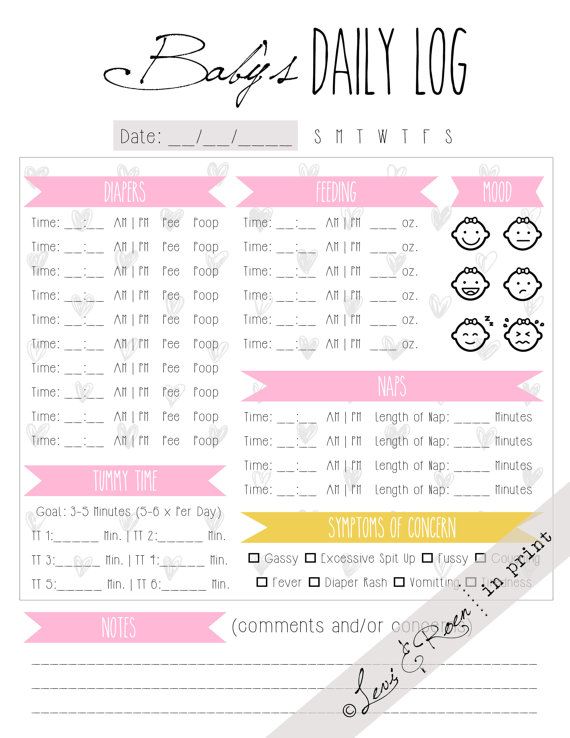 Mothers who practice mixed feeding need support no less than mothers of children on breastfeeding and IV.
Mothers who practice mixed feeding need support no less than mothers of children on breastfeeding and IV.
How I supplemented my son with formula
I was given a sample of formula at the maternity hospital. I offered it to my son and did not see any allergies, so I ordered a standard jar. It cost 820 R. The consultant said that since the son will be breastfeeding at the same time, then 240 ml of the mixture per day is enough for him. And when we accelerate lactation, this amount can be reduced to 210 ml. So the first jar was enough for me for three weeks.
The counselor advised to breastfeed her son on demand, but to give him an additional 30 ml of formula every three hours after suckling. The son never refused the mixture, and sometimes he asked for more. But in such cases, I again gave him the breast.
/guide/milk-kitchen/
How to get meals in a dairy kitchen
The schedule could be moved up to 30 minutes.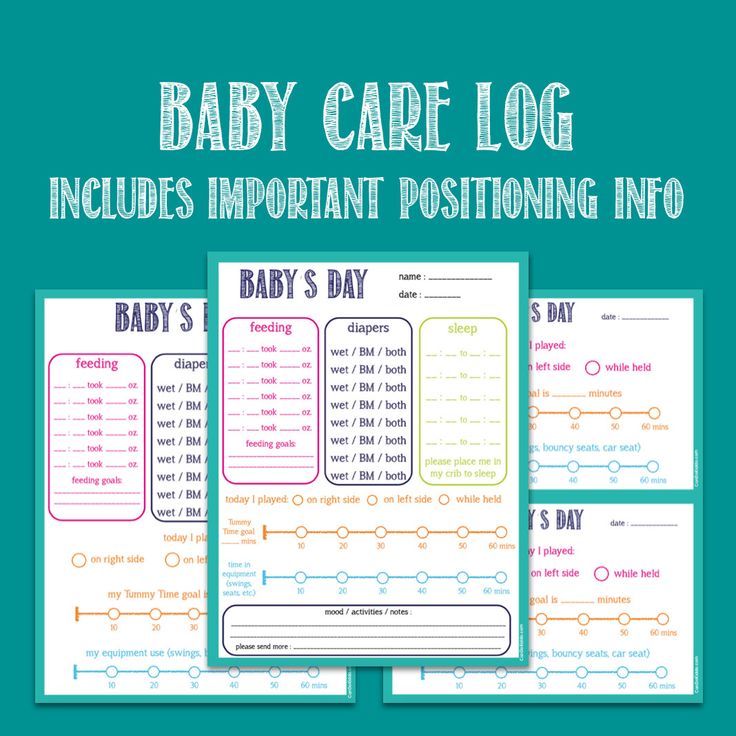 To keep track of this schedule, I marked the time for supplementary feeding in the Baby+ app.
To keep track of this schedule, I marked the time for supplementary feeding in the Baby+ app.
Baby+ App:
Google Play,
App Store
| Our feeding schedule | Diagram of the daily intake of formula in the Baby+ app |
I read somewhere that breast milk is like a salad for a baby, that is, it is quickly digested. And the mixture is like a burger that takes a long time to digest. That is why it was undesirable to give it ahead of time. At the same time, if the baby was sleeping, I didn't wake him up just to feed him formula.
I diluted the mixture according to the instructions before each feeding. Only at night I cooked it in advance and put it in the refrigerator, and when my son woke up, warmed it up. It was faster and more convenient than making a fresh batch of formula in the middle of the night while the baby was screaming.
For convenience, I bought a 2 in 1 sterilizer: it could not only sterilize bottles, but also heat the mixture. It cost 3606 R.
This is what my sterilizer looked like. To sterilize the bottle, I covered it with a transparent cap. Source: ozon.ruAt first, I fed my son from a bottle with a nipple - I took the first one that came across in the store. It cost 344 R. But the consultant said that the child can get used to the nipple and refuse to take the breast. After all, the mixture pours from the bottle itself and the baby does not need to make an effort to eat. And milk from the breast must be carefully sucked out.
She advised giving her son formula from a silicone spoon, a special drinker, or pouring it into his mouth from a syringe. Better yet, use a special feeding system. It works like this: mom hangs a jar of mixture around her neck, to which thin tubes are attached. And the ends of these tubes are attached to the nipples with special tape. As a result, when the baby suckles at the breast, the mixture also flows through the tubes into his mouth. That is, he simultaneously receives supplementary feeding and stimulates the nipples. And this is necessary for successful breastfeeding.
That is, he simultaneously receives supplementary feeding and stimulates the nipples. And this is necessary for successful breastfeeding.
My supplementary feeding system cost 2622 RUR.
This is how my supplementary feeding system was arranged. Source: medela.ru It was also possible to use, for example, such a drinker. Its soft silicone tip would not hurt the baby's mouth. But a drinking cup would not stimulate my lactation. Source: wildberries.ru The feeding system required care. And before the first use, the parts had to be boiled. Source: medela.ruSupplementing with formula took time and effort, and it was unpleasant. For example, sometimes my son woke up on a walk, screaming from hunger, and I had to rush home with him. And at home, dilute and heat the mixture for a long time, put on a bottle, install tubes and stick them to the nipples. All this time, my son was screaming, and I wanted to sink through the ground.
In addition, immediately after use, the system had to be disassembled and washed, otherwise the mixture could dry out inside.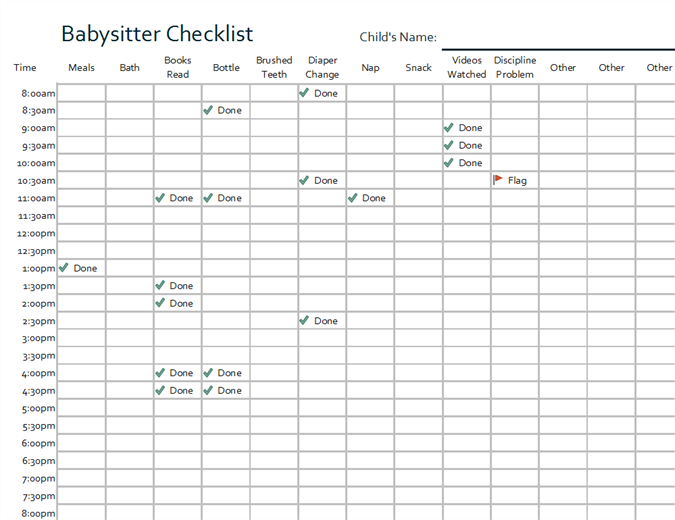 This also took time.
This also took time.
But when I introduced supplementary food, my son became less capricious and hung on his chest less. I breathed a sigh of relief, because before that I only did what I fed him. And sometimes I couldn’t even go to the toilet or eat. In addition, my son began to sleep longer before the first nightly feeding, and I began to sleep better.
I weighed my son every three or four days. And I noticed that with the mixture he finally began to get better. By three and a half months, he added 2.37 kilograms and weighed 6 kilogramsWhat feeding positions did the consultant advise me
The consultant sent me a memo on how to properly attach the baby to the breast so that he sucks well and stimulates the breast. Here are the rules in it:
- The child must be turned with his whole body and pressed against his mother.
- The nipple should be at the level of his nose.
- When the baby opens its mouth wide, you need to move it to the chest.
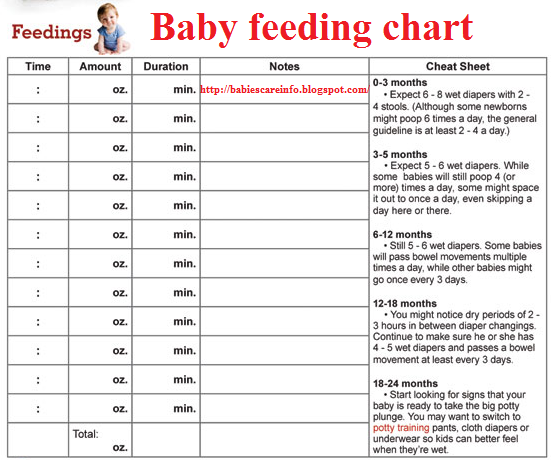
- You can move the lower lip a little with your chest and, as it were, “put” the baby on the chest.
- Keep the baby's chin close to the breast while suckling.
Plus, the consultant gave me advice that made breastfeeding more comfortable for me. Even at the maternity hospital, she showed me the three most popular positions for feeding: sitting, lying on her side and in a biological position, when the mother lies on her back and the baby lies on her. It was very helpful.
11 positions for breastfeeding
At first, I recorded a video of how I feed my baby, and the consultant commented on them. For example, when I was on my side, the child could not press his chin to his chest. I don't think it affected the sucking technique, but it seemed to me that it was important. Then the consultant advised me to lower my son a little lower, press him closer to you and put a roller under his back. This helped us.
But most importantly, the consultant supported me psychologically and was in touch almost around the clock.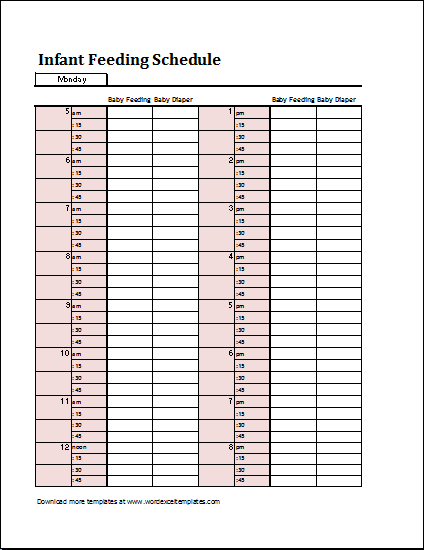 Once my family and I went to see friends at the dacha, my son did not sleep for five hours in a row and behaved restlessly. I tried to calm him down: I rocked him, sang lullabies, and also gave him a mixture. As a result, he ate twice as much as usual, and I was very worried. After all, I tried to reduce the amount of formula and breastfeed more, and this case went against my plans. But the consultant did not condemn me, but reassured and supported me.
Once my family and I went to see friends at the dacha, my son did not sleep for five hours in a row and behaved restlessly. I tried to calm him down: I rocked him, sang lullabies, and also gave him a mixture. As a result, he ate twice as much as usual, and I was very worried. After all, I tried to reduce the amount of formula and breastfeed more, and this case went against my plans. But the consultant did not condemn me, but reassured and supported me.
How I stimulated my breasts by pumping
To further stimulate my breasts, the consultant advised me to express six to eight times a day for 5 minutes. For this, I decided to buy a breast pump.
They are manual and electric. In manual ones, you need to press the lever yourself, and the device sucks out the milk. And in the electric one, it is enough to press a button. I didn't know which one I would like better, so I ordered both. The manual one cost 1505 R, and the electric one cost 4399 R. As a result, I used the electric one.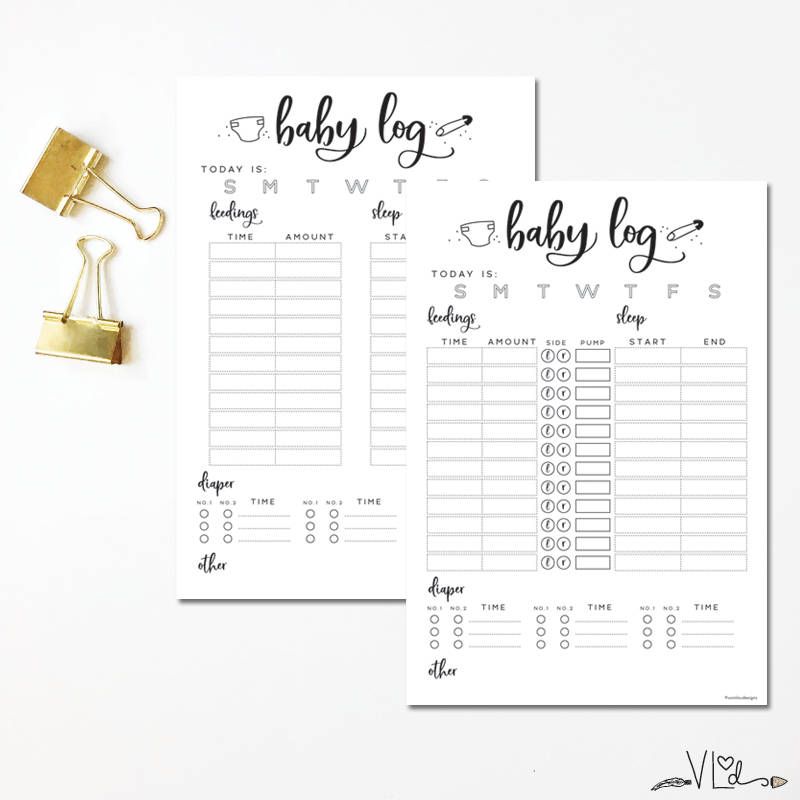
/molodoy-papa/
How much I spent per baby in the first year
I pumped immediately after feedings—usually five or six times a day. But most often she received drops, and only at three or four in the morning she could express 10-15 ml. In such cases, I supplemented the child with this milk instead of formula. For a day, my maximum was 30 ml.
When I actively pumped, there really was more milk - I realized this because the baby's weight began to increase. And the consultant advised to reduce the amount of the mixture from 240 to 210 ml. But I was not ready to pump so constantly. For example, we often left home, and on trips it was impossible. In addition, we had guests, and at that time I also could not be alone with the breast pump. So after a month I had to pump less often and the amount of milk decreased again.
This is a manual breast pump. To express, I put it to my chest and pressed my hand on the curved pedal. The hand quickly got tired. Source: ozon.ru The hand quickly got tired. Source: ozon.ru | This is an electric breast pump. Just press the button and it will work |
What drugs I used
A lactation consultant told me about the so-called lactagons - drugs that supposedly promote milk production. I knew that none of them had officially confirmed their effectiveness, so most likely it was a placebo. But I decided to try anyway.
Relactation. Review of existing experience and recommendations for practical usePDF, 1545 KB
Consultant suggested brewing fenugreek seeds. The package cost 174 R, and it lasted me for a month. I also bought lactation tea with fennel for 1067 R. I love herbal teas, so I drank them almost constantly and even took them for walks in a thermos.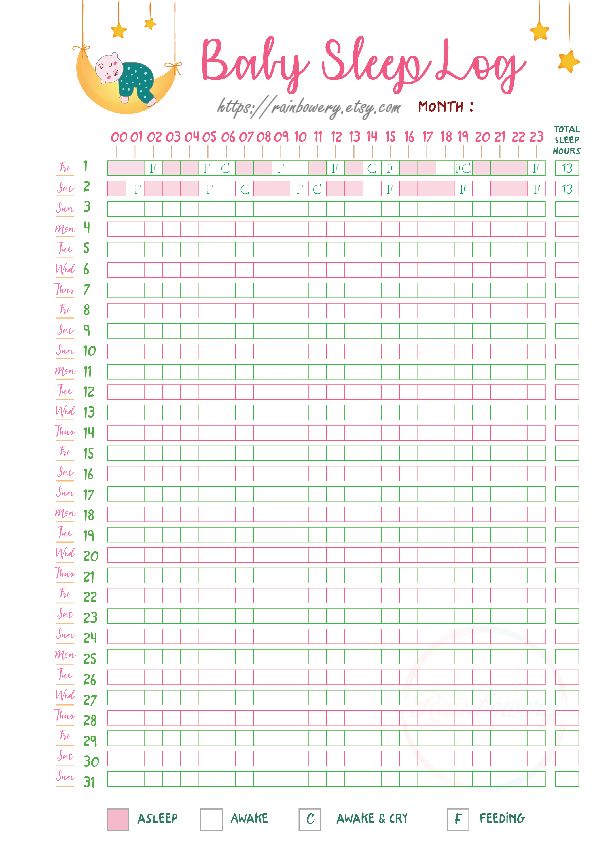 The fenugreek was bitter, but not nasty, and I really liked the fennel tea.
The fenugreek was bitter, but not nasty, and I really liked the fennel tea.
I did not really believe in the effect of these teas, but the consultant said that any hot drink stimulates the production of the hormone oxytocin, which is responsible for lactation. This is what I hoped for - and after drinking tea I really felt a surge of milk.
Another consultant advised me tablets with the active ingredient domperidone. It was supposed to stimulate the production of another hormone associated with lactation, prolactin. Two packages cost 714 R, and they were enough for two weeks.
What is the result
I don't know what affected more - pumping, supplementary feeding system or lactagons - but I kept lactation. However, I never managed to completely transfer my son to breastfeeding. In the first month of his life, he gained 170 grams, in the second - 700, in the third - 790 grams. But the consultant and I decided that this increase was not enough to abandon the mixture. And I didn’t consult with the pediatrician: she reacted quite aloofly to any news about his weight.
And I didn’t consult with the pediatrician: she reacted quite aloofly to any news about his weight.
Now my son is almost five months old. To keep my milk supply going, I still pump occasionally and use a supplement system. But less often than before: we began to visit more often - messing around with a bottle and a system is inconvenient.
And recently I increased the amount of formula to 300 ml per day. I want to be sure my son is eating. But I hope that after the full introduction of complementary foods, we will finally no longer need the mixture.
To improve lactation, I spent 13,481 R in three months
| What I spent | How much |
|---|---|
| Electric breast pump | 4399 R |
| Accompanying a lactation consultant | 3000 R |
| Supplementary system | 2622 R |
| Manual breast pump | 1505 R |
| Lactation Fennel Tea | 1067 R |
| Domperidone tablets | 714 R |
| Fenugreek seeds | 174 Р |
What did you spend on
How much
Electric Milk -Osos
4399 R
Exploration of breastfeeding consultant
3000 3000 R
Fertilization system
2622 R
handmade
714 R
Fenugreek seeds
174 R
I spent 14,400 R on scales, formula and supplementary feeding equipment
| What did you spend on | How much |
|---|---|
| First three months formula | 6000 R |
| Infant Scale | 4450 P |
| Sterilizer | 3606 R |
| Bottle | 344 Р |
What did you spend on
How much
Formula in the first three months
6000 R
Libra for newborns
4450 R
Sterilizer
3606 R
Bottle
344 P
Materials that will help parents keep the budget and reason, in our telegram channel @T_DETY.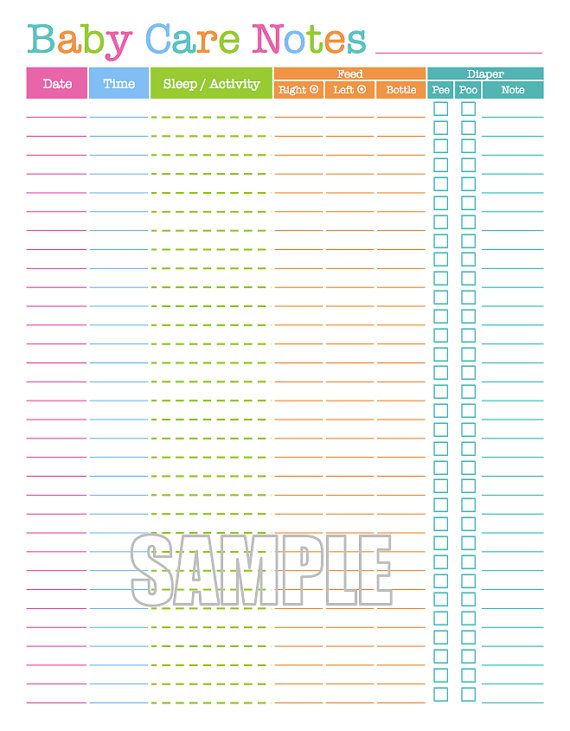
How to write an article about your parenting experience, we tell in our manual: read it and become our author.
Innovative school
"Electronic journal" module for educational institutions - multifunctional automated information complex, created in accordance with the requirements of the State Program for the Development of Education, which accompanies most school processes related to educational activities, and also allows you to create a common communication space for all participants in educational activities - from the school administration to students and parents.
Free all-in-one e-journal and diary system
Our work principles from the very first days were close contact with our direct customers - teachers, supervisors and methodologists, as well as the high modern level of the service offered.
Today, "Electronic Journal" provides absolutely FREE of charge the following opportunities for educational institutions:
Functionality that allows educational institutions to completely switch to electronic performance with the refusal to maintain a paper journal (At the end of the academic year, the “Electronic Journal” generates a printed version of the journal of a standard form).
Keeping records of additional education, after-school groups, home and family education.
Flexible system of settings for electronic logging parameters, which take into account the multidimensional features of the educational process of various educational institutions, including multiple grading systems, classification of work types, algorithms for calculating subtotals and attestation rules, logging rules, specialized training.
As well as many other functions that automate the routine operations of the educational process.
"Electronic Journal" meets all the necessary modern requirements:
- Possibility of integration with the City/Region Public Services Portal.
- Compliance with the Methodological recommendations for the implementation of systems for maintaining academic records in electronic form, specified in the letter of the Ministry of Education and Science of the Russian Federation No. AP-147/07 dated February 15, 2012.
- Compliance with the Recommendations of the Moscow Department of Education on keeping progress logs and diaries of students in electronic form in educational institutions of the city of Moscow dated November 25, 2012.

- The ”In-shkola” system complies with the requirements for the security of storage and processing of personal data in accordance with 152-FZ.
"Electronic canteen" module - software and hardware complex, designed specifically for use in food units in general educational institutions in order to speed up the implementation process and automate the accounting for the issuance of finished food products for different categories of buyers.
Effective tasks and goals achieved through the implementation of the module:
General:
- Sale of buffet products and hot meals using non-cash form of payment by electronic ID.
- Accounting for funds on personal accounts of students with a division into parental and budgetary funds (preferential meals), hot meals (lunches) and buffet products.
- Transparency of the food schedule, assortment of dishes and goods, menus, division of food into groups.
- Formation of reports on the state of the student's personal account, on the receipt of funds and food expenses for the period, on the nutrition of state employees, etc.

Administration of the city/district:
- Creation of a unified information base of schoolchildren on all categories of those who eat.
- Personal accounting of funds received from parents.
- Personal accounting of budget money by categories of those who eat.
- Automatic maintenance of attendance records of canteen students (without participation of the food officer).
- Personal accounting of parental money.
- Real-time receipt of personalized information for the Central Bank of the administration, the food factory, for schools and for parents in the context of categories of people eating, as well as the range (menu) of dishes.
- Transition to full cashless payments for all types of services in school canteens.
- Accounting and control of the sale of buffet products.
Parents of students:
- Parents can forget about their concerns about the safety of cash in their child! Thanks to the "Electronic canteen" all funds are spent only on the purchase of products in the school cafeteria and cannot be spent on other needs.

- Improving the quality of nutrition by increasing the transparency of the process of children's nutrition and greater involvement of their parents in the nutrition of children.
- You can control the purchases of children directly on the project website or in a mobile application, there you can also set restrictions on those products that should not be included in the child's diet.
- The list of groceries purchased at the school canteen, if necessary, can be sent to the parent's phone in the form of an SMS message or an email message.
- The list of financial transactions for the purchase of products in the school canteen is displayed in the user's personal account or mobile application.
- Using the electronic version of the check, parents can track what their child purchased, how much and for what amount.
- The system allows you to deposit funds to your child's account, track the movement of money and set a daily limit on the use of funds.
 Equally important, mothers and fathers can also monitor the quality of their child's nutrition based on reports, if necessary, impose a ban on the sale of certain foods and drinks to the child.
Equally important, mothers and fathers can also monitor the quality of their child's nutrition based on reports, if necessary, impose a ban on the sale of certain foods and drinks to the child. - Using a personal account or a mobile application, you can see information about how much money is left on the child's personal account, set the amount that the child can spend in the canteen.
- Replenishment of the personal account is carried out through partner banks, payment systems, the Argus.Employee mobile application and the parent's personal account.
- Possibility to pay for lunch on credit in the absence of own funds on the card.
Students:
- Students, especially high school students, are reluctant to eat in the cafeteria. One of the reasons is the queue, which does not allow you to eat normally during the break, plus a small assortment of dishes. Calculation through a student's card takes a minimum of time and eliminates cash transactions, which allows you to speed up the process of eating and reduce queues in the school cafeteria.

- Children gain experience with modern payment systems.
Educational organization and its employees:
- The burden of collecting cash for meals and accounting for them from junior teachers is removed.
- Exclusion of cash from the walls of an educational institution.
- Accounting for meals for privileged categories of students through the use of a system of preliminary electronic applications and the use of electronic identifiers.
Catering organizer:
- Possibility of remote menu preparation.
- Recording of all financial transactions with the school in the personal account.
- Increasing the quality of service several times.
- Introduction of a non-cash payment system for meals.
- Data export to accounting programs (1C).
- Automatically perform many important tasks.
- Increasing the catering provider's gross profit by preventing students from spending parental food allowances at neighborhood stores or saving them to buy something else, and by reducing the theft of cash by catering staff.

- Accelerating the process of serving children through the introduction of self-service technology.
- Increase in the percentage of children who are fed, due to the targeted use of funds and an increase in the quality of nutrition.
- Increasing the sanitary and hygienic state of the catering department by eliminating cash.
- Involvement of parents and students in the choice of food through the use of a personal account and the mobile application “Argus.School”
- Exclusion of theft among employees of the catering department due to the exclusion of cash.
- Accounting for the nutrition of privileged categories of students through the use of a system of preliminary electronic applications and the use of electronic identifiers
- Informing parents about the child's nutrition at school through a personal account and a mobile application implemented as a flexible software and hardware complex with a different set of equipment.

It is possible to install "Electronic gate" both with and without turnstiles.
"Electronic gate" provides:
SECURITY OF SCHOOLCHILDREN -
Electronic gate will reliably protect against the entry of unwanted persons into the school. In case of loss of a pass, it is excluded from the list of valid ones - and it is impossible to get to the school with it.
Information from the card is sent to the security console, fixing the passing student and allowing, if necessary, to compare him with the photograph stored in the database. Also, the information gets into the "Dining Room", "Electronic Journal" and "Diary" of the child.CONTROL OF LATE AND TRUNK LESSONS -
Accounting for working time. The lesson schedule is entered into the system database. Information about the time of arrival and departure of the student is compared with the lesson schedule contained in his personal card. Based on the comparison, you can build an attendance report, identify lateness and absenteeism.






